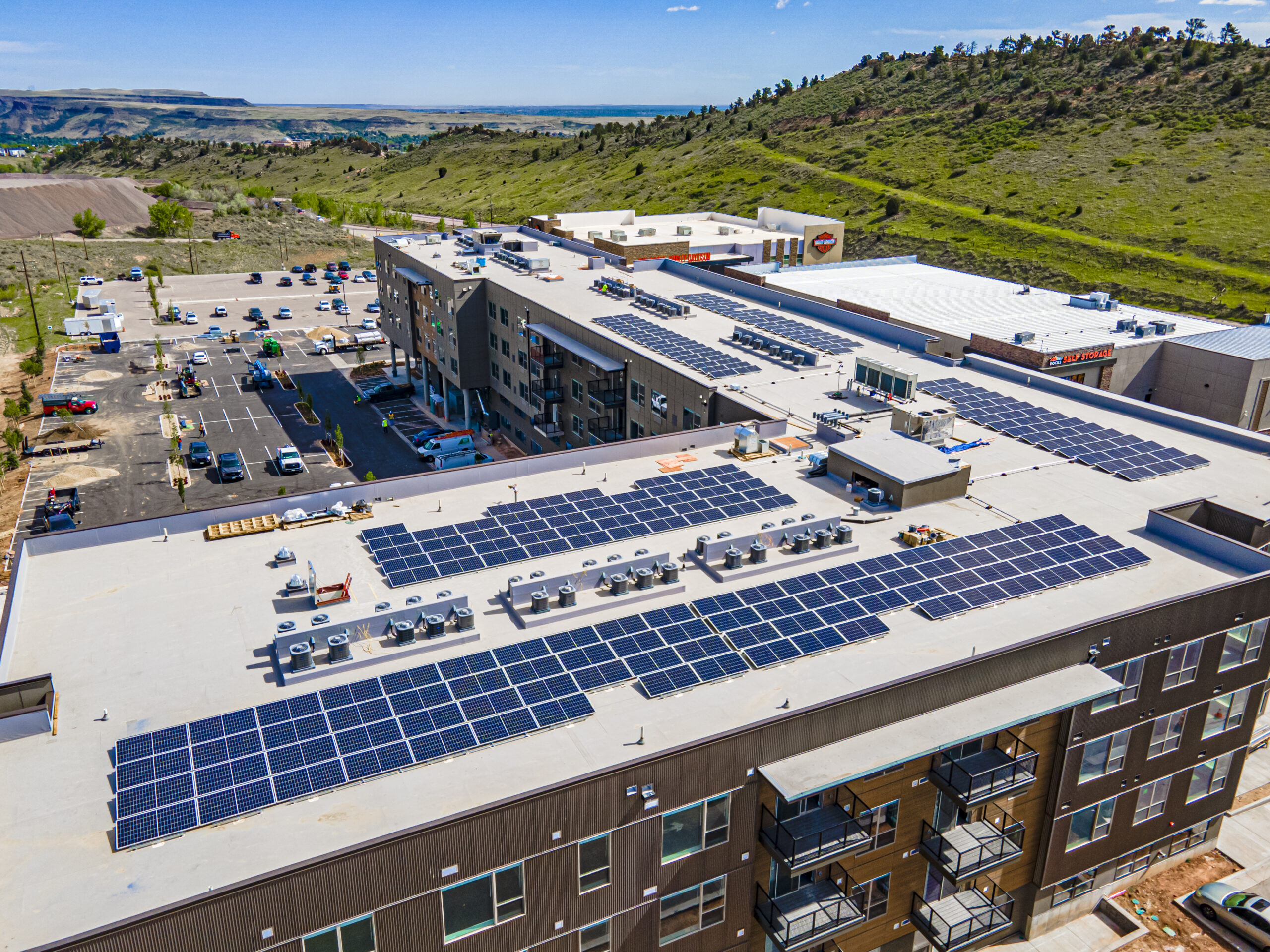
By Rachel Mountain
The Investment Tax Credit (ITC) has supported the growth of solar energy across the country by allowing property owners to recapture a significant percentage of the solar system price. The ITC is claimed on federal income taxes and can be monetized the first year after system operation. The tax credit is 26% in 2022 and is scheduled to step down to 22% in 2023, and a permanent 10% from 2024-onward (or 0% for residential).
In order to secure this year’s higher tax credit, a commercial project must either be placed into service by December 31, 2022, or safe harbored by completing certain steps in the calendar year. Let’s dive into the concept of safe harbor and how to preserve the current 26% tax credit.
What is Safe Harbor?
The IRS established a provision to the ITC tax law called safe harbor which allows commercial entities to secure the tax credit of a given year by beginning construction on a solar project. The definition of what beginning construction means is at the heart of safe harbor and is critical to consider when selecting a safe harbor mechanism.
There are two approaches that qualify as commencing construction. The first is to incur at least 5 percent of total project price, and the second is to begin physical work of a significant nature. Both are considered acceptable proof of beginning construction on a project.
Incur 5% of Total Project Price
The Five Percent Safe Harbor Test requires at least 5% of the price to be incurred on qualifying equipment such as solar modules, racking, and inverters. Verification requirements for equipment purchases vary based on the accounting method of the taxpayer, but in general, title transfer must occur within the given year to qualify.
To safeguard against price fluctuations and because some items are custom to a project that has yet to be fully designed, the cleanest way to achieve safe harbor is to take title of the solar modules – about 20% of project price.
Begin Physical Work of a Significant Nature
The Physical Work Test refers to evidence that work has started on something qualitatively significant. Both on-site and off-site work is considered acceptable and can be performed by the project owner, a contractor, or a subcontractor. Either way, a binding contract must be in place that demonstrates a commercial entity’s assumption of risk. This option also refers to the
procurement of components specific to the project which are not normally held in the manufacturer’s inventory such as custom racking, carports, and transformers. This fits into the Physical Work Test because components that are custom-made aren’t ready off the shelf and manufacturers will have to create them specifically for the project. However, since the phrase “significant nature” is a somewhat vague term, we find that the simplest, safest means to achieve safe harbor is typically by buying the modules.
Safe Harbor Your Project
The best safe harbor strategy will depend on the individual characteristics of your project and the advice of your tax professional. In both scenarios, however, it takes time to develop and design a project to the point where material can be procured and construction can begin, so it is prudent to engage early.
Namaste Solar has successfully safe harbored several projects. To learn more, contact one of our non-commissioned solar developers at Namaste Solar.
Rachel Mountain is co-owner and commercial solar project developer at Namaste Solar. Namaste Solar’s purpose is to transform energy and transform business. The company’s experienced solar advisors will help you understand your project goals, timelines, and milestones. Look at their extensive commercial experience and see how they measure up.









